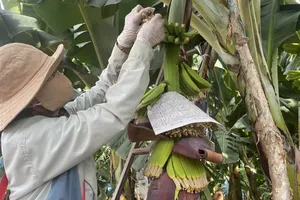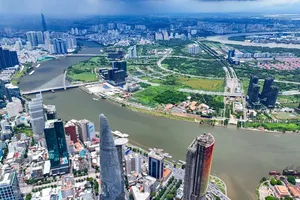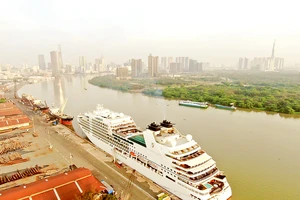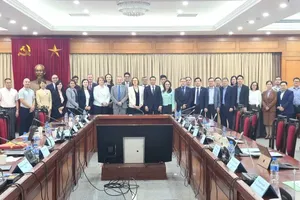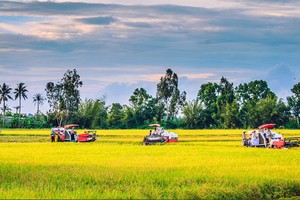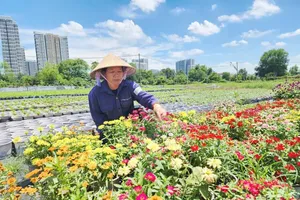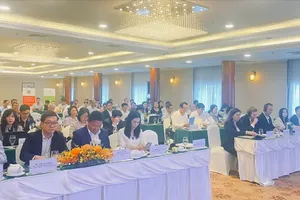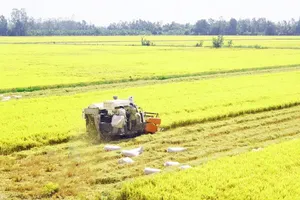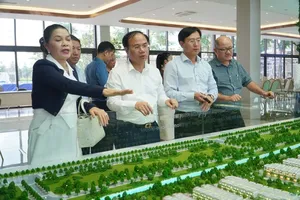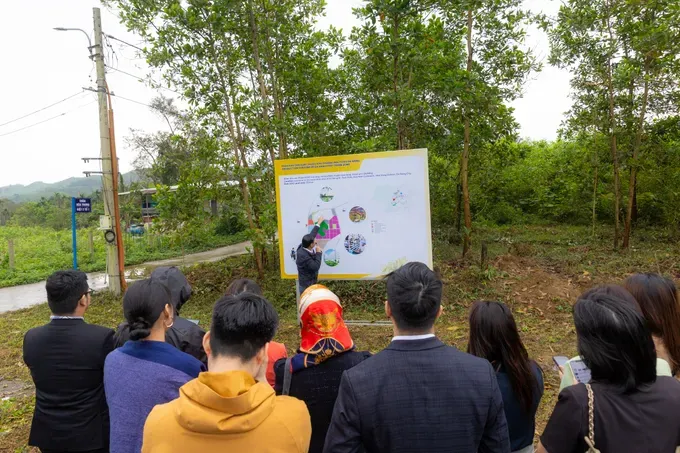
The newly approved Da Nang Free Trade Zone will span approximately 1,881 hectares, distributed across several non-contiguous locations. This expansive zone is set to incorporate various functional areas, including those for production, logistics, trade and services, digital technology, information technology, and innovation, alongside other types as regulated.
Following the re-organization of administrative units in communes under the two-tier local government model, the Da Nang City People's Committee will update the boundaries of these locations to align with the new commune names. This ensures that the designated functional areas remain in their approved positions.
Da Nang Free Trade Zone is envisioned as a modern economic hub, integrating production, trade, logistics, technology, and high-quality services. It is expected to play a strategic role in fostering growth within Vietnam's Central region and the broader national economy.
In the long run, this location is set to become a crucial component of the global supply chain, serving as an international cargo transit hub linked to Lien Chieu port, Da Nang international airport, and the East-West economic corridor; fostering the growth of high-tech industries, innovation, and digital transformation.
This commercial area is also linked to the Da Nang International Financial Center, with the goal of creating a smart, modern, and highly competitive economic ecosystem, which will help elevate the country's standing both regionally and globally.
The management structure, mechanisms, and policies will be implemented in accordance with the National Assembly's Resolution 136/2024 and relevant legal frameworks.
The development of the Da Nang Free Trade Zone will proceed according to a strategic roadmap that aligns with the national socio-economic development plan, the overall planning of Da Nang City, and the established objectives.
The People's Committee of Da Nang City will lead and collaborate with responsible ministries and agencies to facilitate investment in the construction of functional areas and technical infrastructure projects both within and outside the Free Trade Zone, selecting strategic investors and attracting secondary investors following an appropriate timeline.

